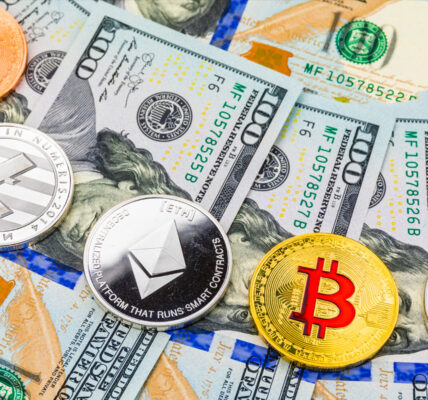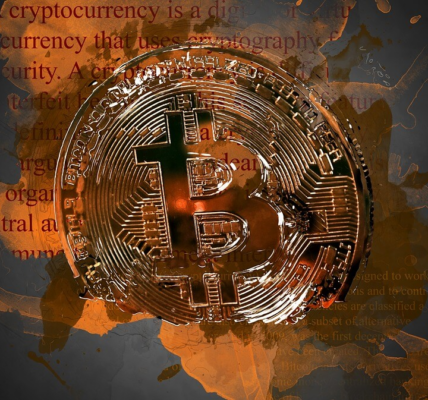
The world of cryptocurrencies has seen a remarkable evolution with the rise of stablecoins pegged to traditional fiat currencies, particularly the US Dollar. These digital assets offer the benefits of cryptocurrencies while maintaining a stable value, introducing a new paradigm in global finance. In this article, we explore the emergence of USD stablecoins and their potential implications for the broader financial landscape.
The Rise of USD Stablecoins:
USD stablecoins are cryptocurrencies pegged to the value of the US Dollar, providing a stable and reliable digital representation of fiat currency. Tether (USDT), USD Coin (USDC), and DAI are examples of popular USD stablecoins that have gained widespread adoption in the crypto space.
Key Characteristics and Advantages:
- Stability:
- USD stablecoins aim to maintain a 1:1 peg with the US Dollar, offering stability that is often lacking in more volatile cryptocurrencies like Bitcoin.
- Efficiency in Transactions:
- These stablecoins enable faster and more cost-effective cross-border transactions compared to traditional banking systems, making them attractive for international trade and remittances.
- Cryptocurrency Market Liquidity:
- USD stablecoins serve as a bridge between traditional finance and the cryptocurrency market, providing liquidity and facilitating trading pairs on various cryptocurrency exchanges.
- Decentralization:
- While centralized issuers back some USD stablecoins, others operate on decentralized blockchain networks, aligning with the principles of decentralization championed by the broader cryptocurrency community.
Potential Impacts on Global Finance:
- Financial Inclusion:
- USD stablecoins have the potential to enhance financial inclusion by providing individuals in regions with limited access to traditional banking services with a secure and efficient digital alternative.
- Reduced Volatility Risks:
- Businesses and individuals can mitigate the risks associated with cryptocurrency price volatility by transacting and holding assets in USD stablecoins, creating a more stable environment for financial activities.
- Cross-Border Transactions:
- The efficiency of USD stablecoins in cross-border transactions could lead to increased adoption, reducing reliance on traditional banking systems and potentially challenging established financial intermediaries.
- Integration with Traditional Finance:
- As USD stablecoins gain acceptance, they may become integrated into traditional financial systems, offering a bridge between the legacy financial infrastructure and the rapidly evolving world of decentralized finance (DeFi).
Challenges and Considerations:
- Regulatory Scrutiny:
- Regulatory bodies worldwide are closely monitoring stablecoins, raising concerns about potential risks, including money laundering and market manipulation. Clear regulatory frameworks will be crucial for the continued growth of USD stablecoins.
- Technological Risks:
- Despite their stability, USD stablecoins are not immune to technological risks, including smart contract vulnerabilities and network disruptions. Ongoing technological advancements and robust security measures will be essential.
- Market Competition:
- The USD stablecoin market is becoming increasingly competitive, with new entrants vying for market share. The ability to maintain user trust and liquidity will be key factors for success.

Conclusion:
USD stablecoins represent a transformative development in the cryptocurrency space, offering stability and efficiency in a rapidly evolving financial landscape. As these digital assets continue to gain traction, their impact on global finance is poised to grow. Regulatory clarity, technological advancements, and market dynamics will shape the future of USD stablecoins, potentially redefining how individuals and businesses engage with digital assets and traditional finance.




